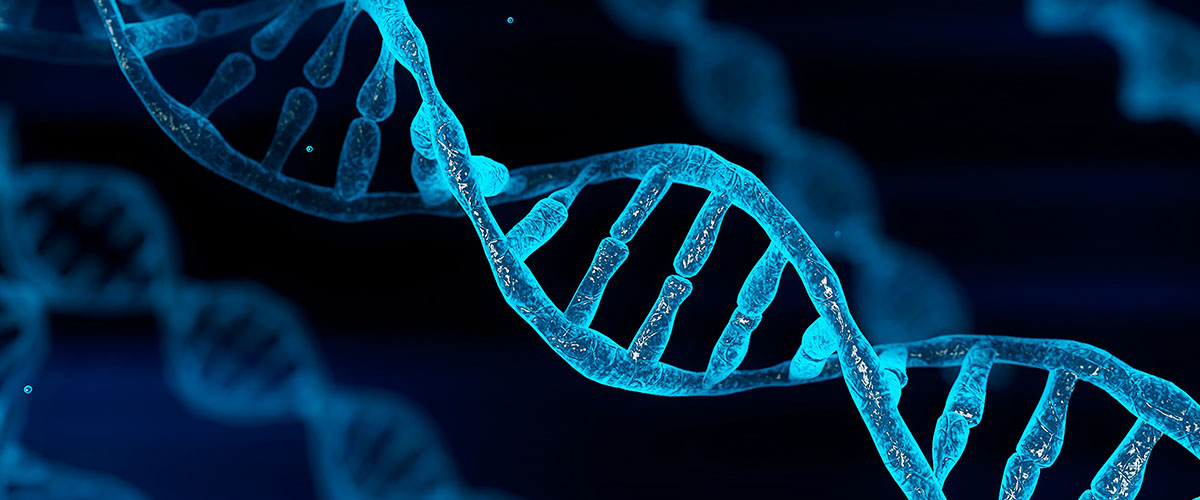)
SCCOHT/SMARCA4 Registry and Biobank
Project Duration: 2020-30
MOHCCN Consortium: Marathon of Hope - Quebec
Investigators: Dr. William Foulkes
Partners: Research Institute of the McGill University Health Centre
Project goals:
Retrospectively and prospectively collect and bank data (clinical, molecular) and biological samples from persons affected by the rare cancer Small Cell Carcinoma of the Ovary, Hypercalcemic Type (SCCOHT) and/or persons bearing a germline genetic variant in the gene SMARCA4.
Summary:
In 2014, a research project that grew from the study of a family seen in clinic led us to the discovery that mutations in SMARCA4 were the sole genetic cause of Small Cell Carcinoma of the Ovary, Hypercalcemic Type (SCCOHT). This rare cancer disproportionally affects younger women and has a poor prognosis. Prophylactic oophorectomy is recommended to women with a pathogenic variant in SMARCA4, which can be a devastating choice for a young woman. However, not all inherited variants in SMARCA4 predispose to SCCOHT. Some have no consequence on health, while others are pathogenic for a different condition known as Coffin-Siris syndrome. It is not always clear which is which. Thus, genetic counselling of SMARCA4 variant carriers is challenging. More research is needed.
Because of the rarity of this cancer, it is challenging to access data and biological material for scientific studies. To answer this need, we created the SCCOHT/SMARCA4 Registry and Biobank. The primary objectives of the Registry are to collect clinical and molecular information about persons potentially at risk for or affected by SCCOHT, catalogue deleterious mutations that contribute to disease development, and facilitate the identification of patients potentially eligible for clinical trials. The Biobank component oversees the acquisition of biological material obtainable in the context of planned clinical interventions such as extra tubes from blood draws or pathological material from archives or surgeries, as well as the production of derived biological samples such as immortalized cell lines or models like xenografts or organoids. These data and sample resources will help support the work of researchers seeking to advance knowledge and improve diagnosis and treatment strategies for this devastating disease.
